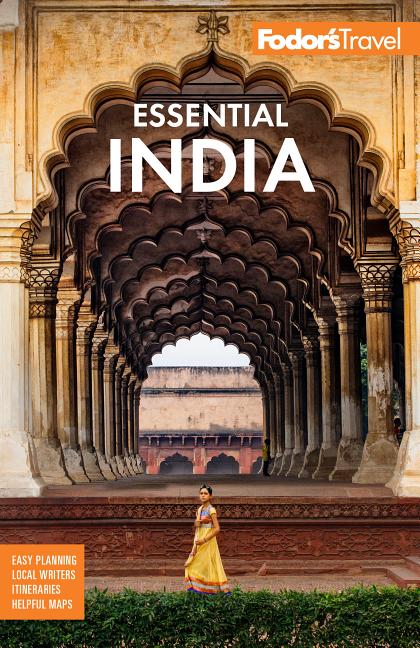Delhi's Holy Sites
Brash, corrupt, political—the capital of India doesn't have a particularly spiritual reputation, yet Delhi, as the recurring seat of empires with vested religious and cultural interests, is a veritable melting pot of religiously significant sites.
Because the walled city of Old Delhi was divided into religious ghettos when it was first built by the Emperor Shah Jahan, it is home to a great variety of religious sites: the area is dotted with domes and spires of mosques, dozens of Hindu shrines to Shiva, the bustling Sisganj Gurdwara (an important Sikh site), and peaceful, marble-clad Jain temples.
Beyond Old Delhi, Sufi saints still draw thousands of visitors to their graves. Churches and cemeteries testify not only to the continued presence of South Indian Christians in Delhi, but also to the city as a place where scores of British lived and died. Among other things you can also find Buddhist monasteries and Bengali temples in this city.
Hanuman Mandir
In the thick of things near Connaught Place is Hanuman Mandir. Said to have mythic origins, the temple was constructed over the 16th and 17th centuries. Note the crescent-moon finial, typically associated with Islam. The surrounding area can be overwhelming, with beggars dressed as the monkey god worshipped here, women painting henna tattoos, and Delhi's best bangle market.
Akshardham temple
One of the newest additions to Delhi's spiritual scene is Akshardham temple: a theme park of polytheistic Hinduism. Despite criticism over its environmentally dubious location (a sprawling 90 acres on the Yamuna riverbank), this bulwark of pink sandstone and Italian marble—possibly the largest Hindu temple in the world—is undeniably dramatic. Set in landscaped gardens with a musical fountain, the temple incorporates traditional hand-carving and craftsmanship as well as a peacock-boat ride through dioramas of Indian history and mythology, and an IMAX film about the sect's founder.
Hazrat Nizamuddin Dargah
In many ways the still-beating heart of spirituality in central Delhi is the mausoleum of saint Nizamuddin Auliya of the Sufi Chishti order. At Hazrat Nizamuddin Dargah Thursday evenings are enlivened by a troupe of qawwals (who sing Sufi devotional music) and the distribution of food. You'll have to leave your shoes outside (tip a rose-petal seller a few rupees to keep them safe).
Jama Masjid
India's largest mosque, Masjid-i-Jahan-Numa ("world-showing mosque") as it is properly named, is a welcoming space with a well-loved, worn-in feel. Visitors are welcome any time except during prayers, and it is advisable to cover your head as a sign of respect. Climb the minaret for an incredible view of the city and note the north gate's reliquary, which houses a beard hair and footprint of the Prophet Muhammad and an antique Koran.
Sis Ganj Sahib Gurdwara
Right on Chandni Chowk itself is the Sikh Sis Ganj Sahib Gurdwara. It was on the site of this bustling gurdwara (temple) that the ninth Sikh leader, Guru Tegh Bahadur, was beheaded on order of the Mughal Emporer Aurangzeb in 1675. To learn more about Sikh martyrs, visit the gloriously kitsch Bhai Mati Das Bhai Sati Das Bhai Dyala Museum of Sikh history across the street. Delhi's grandest gurdwara, Bangla Sahib near Connaught Place, has gleaming golden domes that reflect in its large pond of holy water.
Baha'i House of Worship
The Lotus Temple, as the Baha'i House of Worship is also known, is probably Delhi's most iconic modern holy site and one of the most visited places in the world—designed by the Canadian architect Fariborz Sahba, it was built in 1986. The crowds can be thick on the approach to the building but it's surprisingly peaceful inside. Eminently egalitarian, the building has no point of focus for preaching and no obvious religious trappings.




